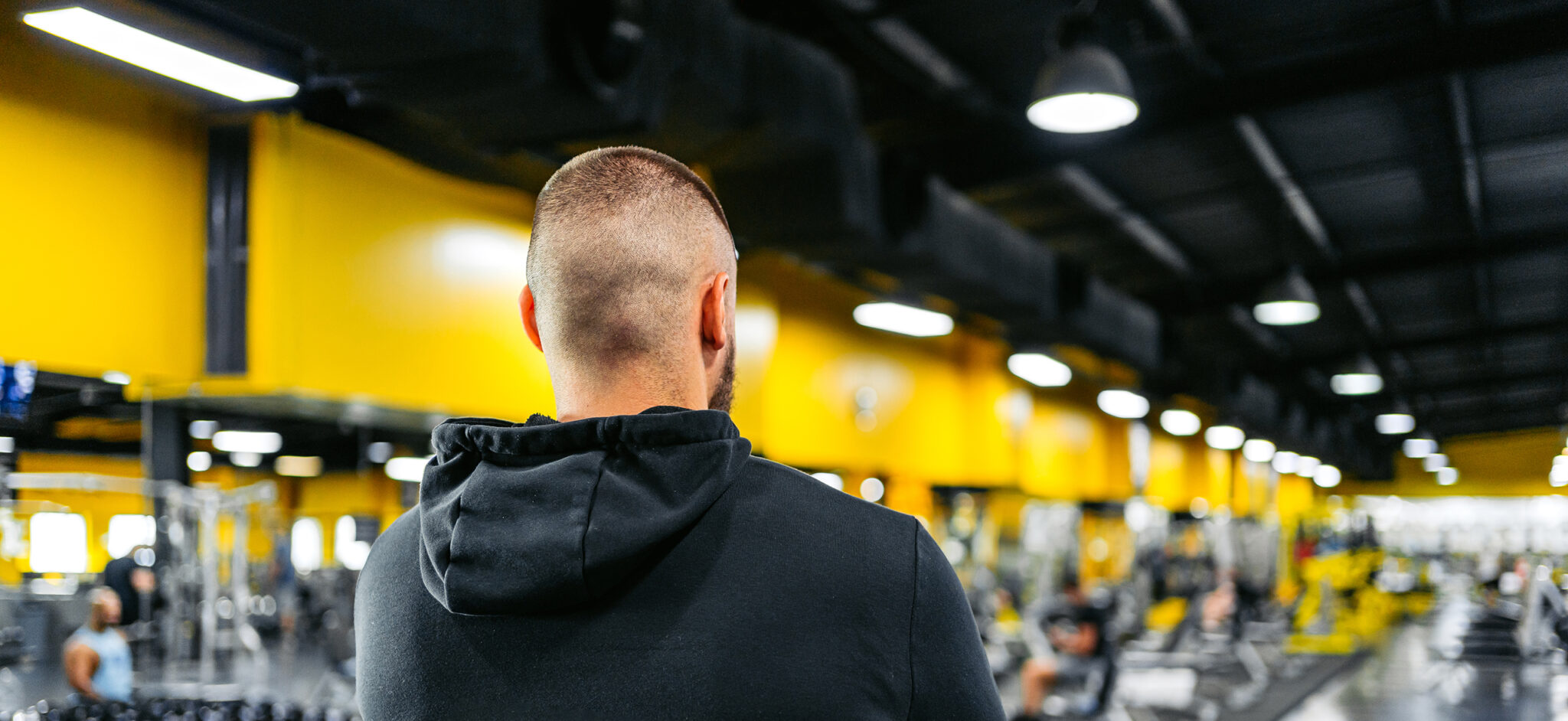Location matters! Choosing a location for your gym is an important decision. How do you make sure you are selecting the best possible location? What things do you need to consider? Let’s take a look!
Where your gym is located can have a big impact on how successful your fitness business will be. So, it’s fair to say that choosing gym location is pretty much the biggest decision you’ll have to make when opening a new gym.
When you’re considering owning a gym for the first time (or expanding to a new location) it can be tempting to go on gut instinct. Opening a gym in a location in your hometown, or a place you know well, might seem to make sense.
But, it’s not always the best approach.
Build a thriving business
Set your business up for success right from the get go with gym management software that does the heavy lifting for you. Software like Xplor Gym!
What to consider when finding the best location for a gym
Understanding how many members you can realistically win is the most reliable way to know you’ve found the best location for a gym.
And there are some general factors you can look at. Consider these when you’re finding locations initially:

Target audience
There are many different types of gymgoer. And it’s tempting when you’re opening a new gym to target everyone. However, if you want to differentiate your business and build loyal members, you should be more specific about your audience.
Knowing who you’re trying to attract will help you identify possible locations. So, you’ll find gym locations that tick the right boxes for your prospective members.
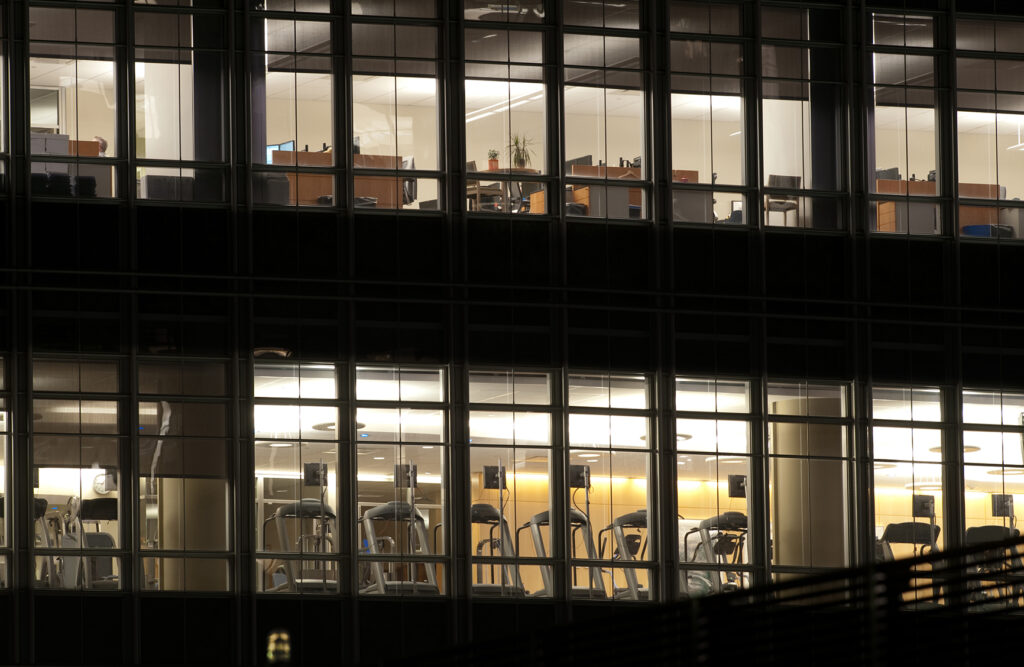
Visibility & ease of access
Where the location of your gym is can have a big impact on how well it will work for your business. When looking at locations, think about how easy it will be for people to spot your club.
Will they drive or walk by it often? Is it near other places they may visit regularly? How easy is it to get to?
When people know where your gym is, they’ll be more likely to think of joining. And when it’s easy to use the gym, they’re more likely to stick with you.
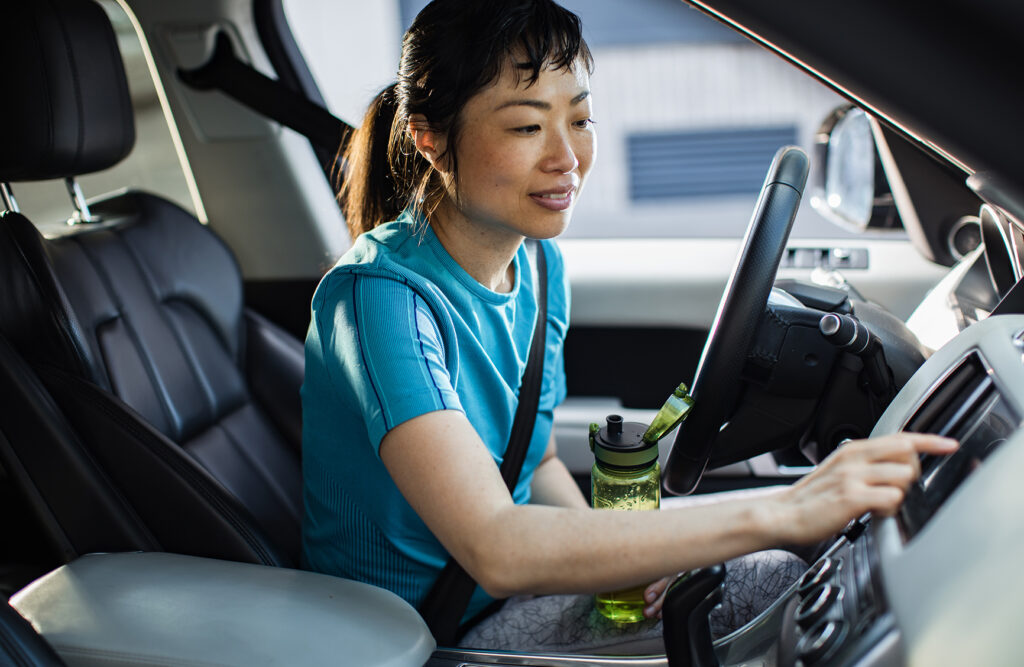
Parking
Unless you’re planning on opening a gym in a city centre where few people use cars to get around, parking is important. Members and your gym staff are all likely to want to park somewhere.
If you don’t have enough spaces, or it’s expensive to park, attracting and retaining members becomes tough. Consider how parking will work at busy times – like when group fitness classes start/finish.

Size & facilities
Think about your planned offering. This will play a significant role in which locations will work for your gym. For example, if you want to run classes, you’ll need space for studios or enough room on the gym floor.
Size will influence how many members you can accommodate and the atmosphere of your club. There’s a fine line between buzzing and packed. And an empty gym can also be off putting for some members.
When looking at potential gym locations, think about what the layout may look like for your new club. Consider amenities you’ll need – like changing rooms. Understand the changes you may need to make to accommodate everything.
Also think to the future. Do you want to grow into the space and expand? Can your location accommodate that?
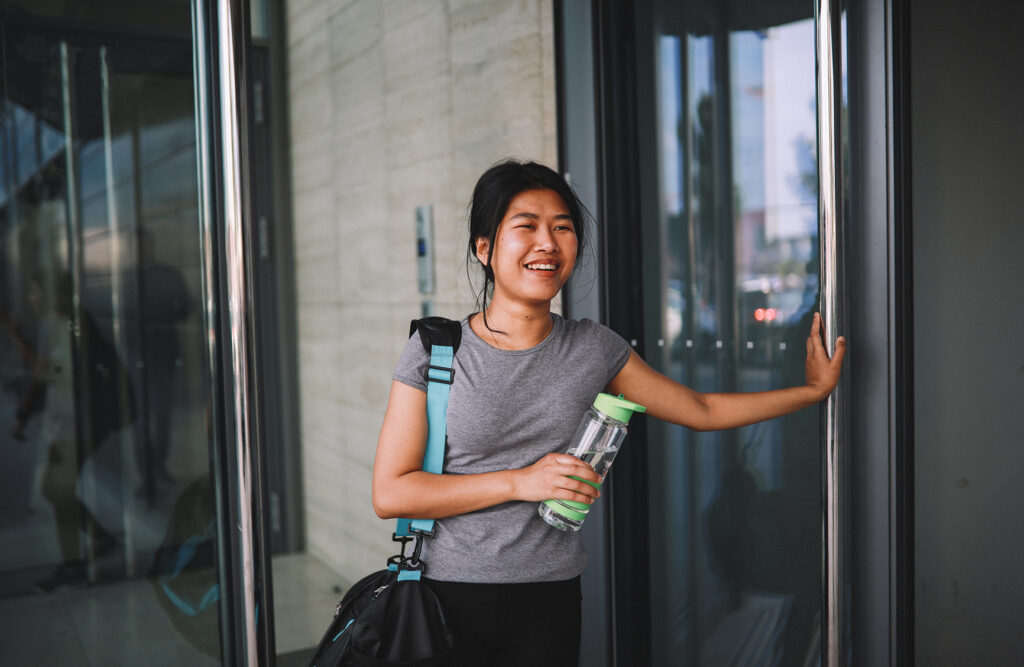
Cost & lease
The cost of opening a gym can quickly stack up. And the site you choose for your gym can take up a sizeable chunk of the investment you’ll need to make. Location plays a big role in how much it will cost to secure the best space for your gym.
Usually it’s an ongoing cost too. Most likely you’ll have a lease. Leases are usually open to negotiation – most owners will seek legal advice to review and understand terms.
Think about the costs that might be involved in refurbishing the space to make it work for your planned gym. Understand what costs you’ll be responsible for when it comes to the building.
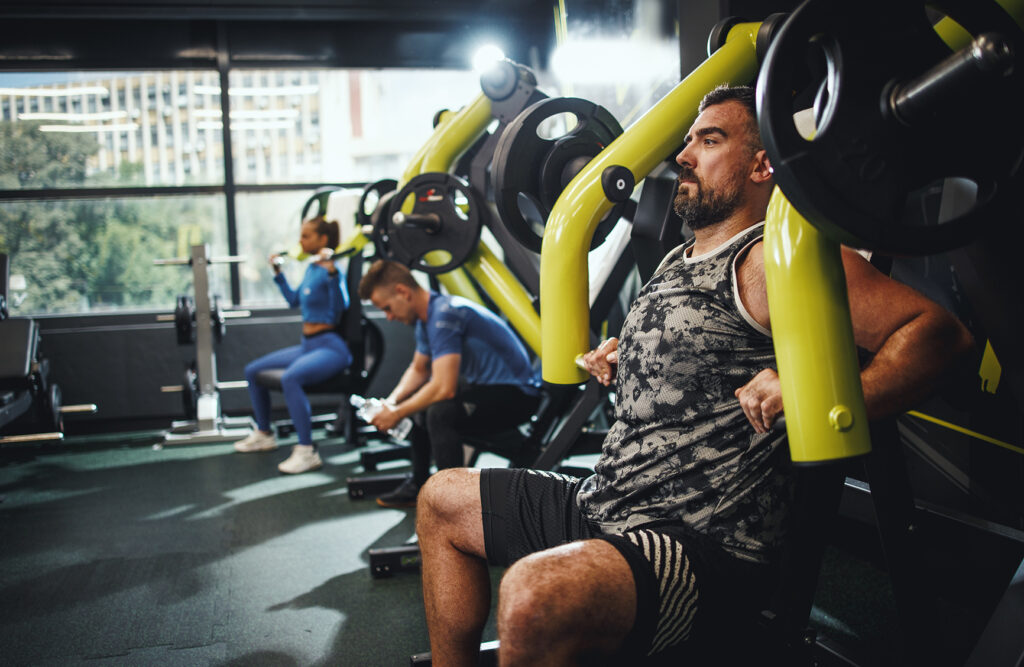
Zoning laws
Before you think about signing a lease or purchasing a property, it’s important to understand zoning laws. Zoning regulations vary, and certain areas might be designated for specific purposes. Ensure the location you’re considering permits a fitness facility to avoid costly issues down the road.

Competition
A little competition never hurt anyone! It can keep you on the top of your game. And show that there’s demand for fitness clubs in a specific area. But in saying that, no one wants to see five gyms side by side so it’s good be aware of any competitors near your preferred location.

Best places to open a gym
The best places to open a gym are areas where you’ll be able to attract enough members to make your business work. There are many factors that make a location attractive and the right research will really let you know if demand is sufficient.
Honestly, the best place to open a gym will be different for every business. There’s no-one-size-fits all answer. With the right mix of industry and consumer insight you can find the best location for the new gym you want to open.
Generally places where you’ll often find successful gyms and fitness clubs include:
Retail parks
Retail parks are shopping developments located outside of town and city centres. Often they’ll include big chain names and supermarkets. And that means they have the potential to bring visibility, footfall, and parking for gyms.
City centres
Many city centres are packed during the week with commuters. Creating an audience for gyms and fitness clubs.
The type of club that can operate in a city centre can be restricted to formats that work for smaller spaces. Costs can be higher and you can usually demand a higher gym membership price.
Town centres
Likewise, town centres can work well for gyms and fitness clubs. Shoppers, workers, local residents – footfall can be high. Parking is a consideration in identifying which town centre locations will work.
With recent increases in home and hybrid working patterns, town centre locations can offer an alternative to other areas.
Near transport hubs
Gyms located near train stations and other public transport hubs can attract commuters. People who want to squeeze a workout in on their way to work/home. Plus, it can be a way to bring in people who can’t or prefer not to drive.
Accessibility can be an issue though. If a train line makes it hard to access a club, potential member numbers may be impacted.
The wrap up…
Location plays a big role in the success of gyms and fitness clubs. Perhaps even the biggest role.
Choosing the best location for a gym you want to open is an important decision. There are a lot of factors that influence how well you’ll do in a certain location.
Investing the time to weigh up all these factors will make sure you’re opening a gym in a location where you’ll be able to thrive.
Planning to open a new gym? Get in touch to chat with our team

by Xplor
-
First published: 13 August 2024
Written by: Xplor
